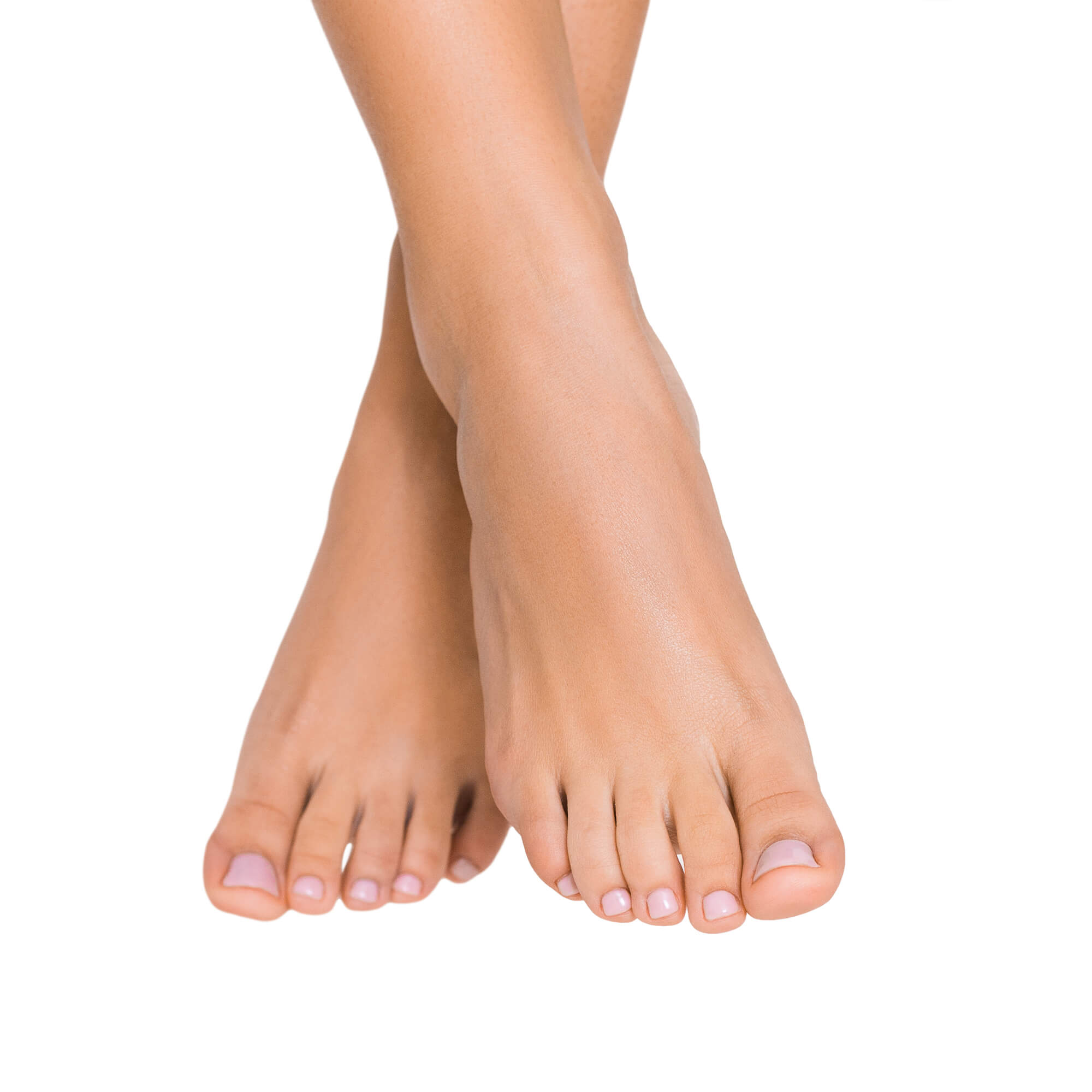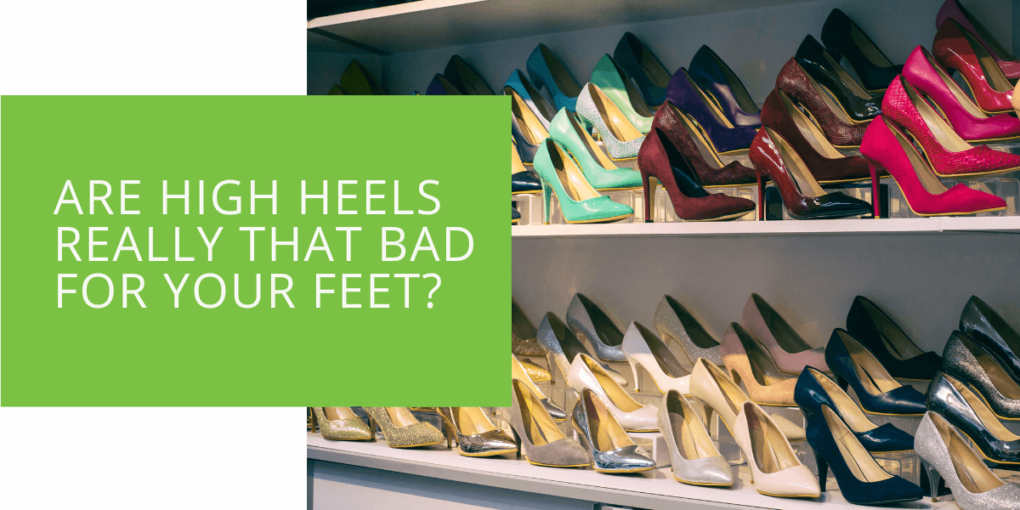Are High Heels Really That Bad for Your Feet?
High heels have been popular for many years, with women wearing them to work, social events, and even casual outings. However, the question arises, are high heels bad for your feet? The answer is yes; high heels can cause numerous foot problems, including bunions, plantar fasciitis, metatarsalgia, hammertoes, and many more.
In this article, our expert podiatrists will explore how high heels impact the foot and ankle and tips for wearing heels safely to prevent common foot problems.
The Anatomy of the Foot and How High Heels Affect It
The foot is a complex structure comprising 26 bones, 33 joints, and numerous muscles, tendons, and ligaments. Each part of the foot plays a vital role in maintaining proper gait, balance, and stability. However, when high heels are worn, the foot's mechanics are altered, causing undue pressure and strain on certain parts of the foot.
High heels force the foot into an unnatural position by shortening the Achilles tendon and placing more weight on the ball of the foot. This position puts increased pressure on the toes, arches, and heels, leading to various foot problems.
Common Foot Problems Caused by High Heels
Bunions
Bunions are a big toe joint deformity and are commonly caused by wearing heels. The higher the heel, the greater the pressure on the forefoot, causing the big toe to bend towards the smaller toes. Over time, this can cause the big toe joint to shift out of place, resulting in a bunion.
Symptoms of bunions include pain, redness, and swelling around the joint. Treatment options include changing to more comfortable shoes, using orthotics, and in severe cases, surgery.

Plantar Fasciitis
Plantar fasciitis is when the plantar fascia, a thick band of tissue that runs along the bottom of the foot, becomes inflamed. Wearing heels stresses the plantar fascia, leading to micro-tears and inflammation.
Symptoms of plantar fasciitis include heel pain, especially in the morning or after prolonged sitting. Treatment options include rest, ice, stretching exercises, and wearing more supportive shoes.
Metatarsalgia
Metatarsalgia is a condition where the ball of your foot becomes inflamed, causing pain and discomfort. High heels can cause metatarsalgia by placing too much pressure on the forefoot, leading to irritation and inflammation.
Symptoms of metatarsalgia include aching or burning pain in the ball of the foot. Treatment options include rest, ice, wearing more supportive shoes, and using metatarsal pads to relieve pressure.
Hammertoes
Hammertoes are a deformity of the toe where it becomes bent and curled under, resembling a hammer. Heels can cause hammertoes by putting pressure on the toe joints and forcing them out of their natural position.
Symptoms of hammertoes include pain, corns, and calluses on the affected toe. Treatment options include wearing more comfortable shoes, using orthotics, and in severe cases, surgery.

Tips for Wearing High Heels Safely
While wearing high heels can cause various foot problems, there are ways to mitigate their negative effects. Here are some tips for wearing heels safely:
- Choose lower heels: The higher the heel, the more pressure on the foot. Choose heels that are no higher than 2 inches.
- Wear the right size: Make sure your heels fit well and provide enough support for the foot and ankle.
- Use cushioned insoles: Cushioned insoles can help absorb shock and reduce the pressure on the ball of the foot.
- Alternate with flats: To reduce the pressure on the feet, alternate between heels and flats throughout the day.
- Stretch and strengthen: Stretch and strengthen the feet and legs with exercises like calf raises and toe curls to reduce the risk of injury.
- Seek professional advice: If you experience foot pain or other issues from wearing heels, see a podiatrist for advice and treatment.
Conclusion
High heels can cause various foot problems, including bunions, plantar fasciitis, metatarsalgia, and hammertoes. However, by choosing lower heels, wearing the right size, using cushioned insoles, alternating with flats, and stretching and strengthening, it's possible to mitigate the negative effects of heels.
Our podiatry clinic specializes in diagnosing and treating foot problems caused by high heels. If you're experiencing foot pain or other issues from wearing heels, we're here to help. Contact us today to schedule an appointment and take the first step toward healthier feet. Regularly seeing a podiatrist can help detect foot and ankle problems early, preventing more severe issues and minimizing the risk of chronic conditions such as arthritis or tendonitis.
Remember, taking care of your feet is essential, as they are the foundation for the rest of your body. Following these tips and seeking professional help, you can wear heels safely and keep your feet healthy and pain-free.

